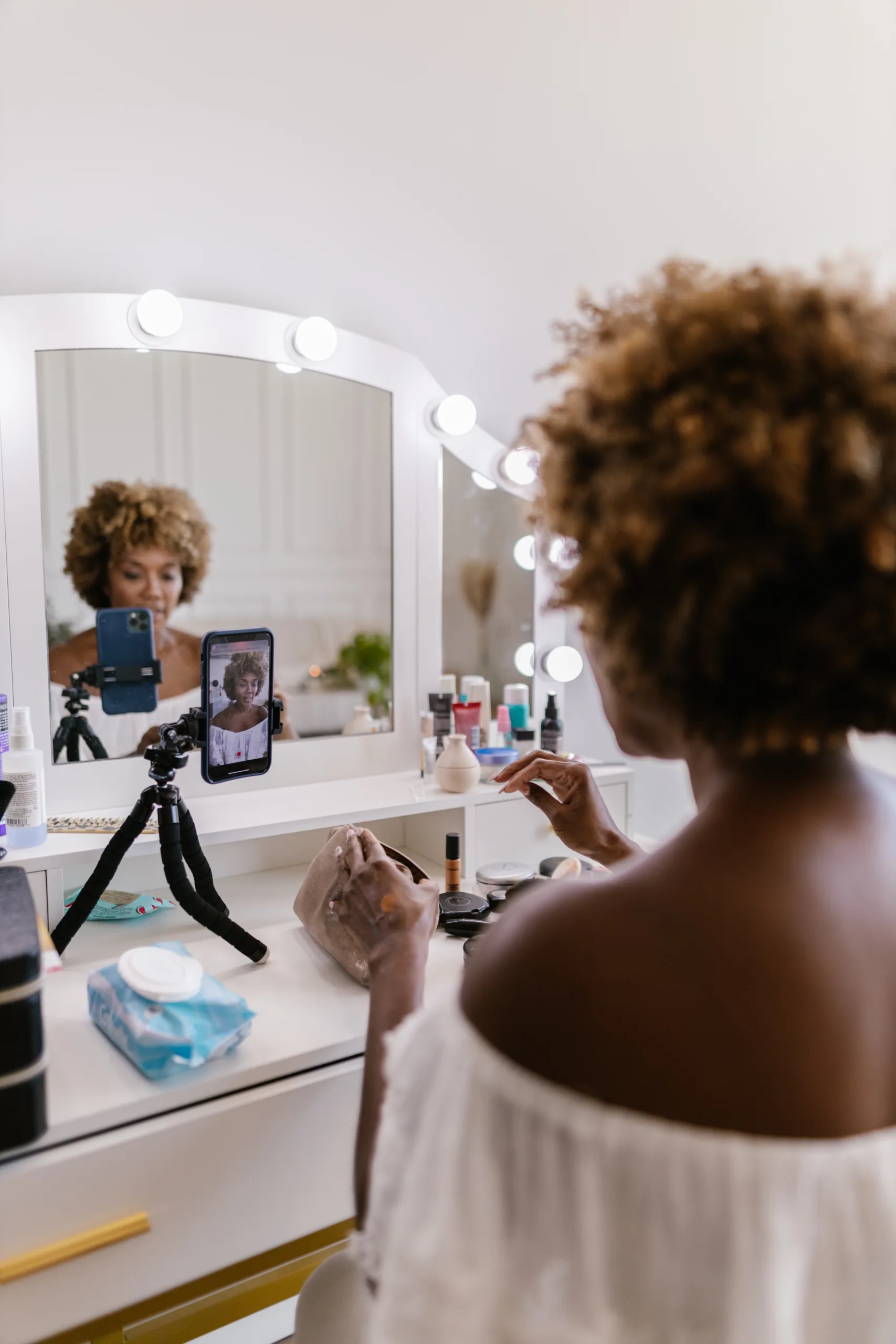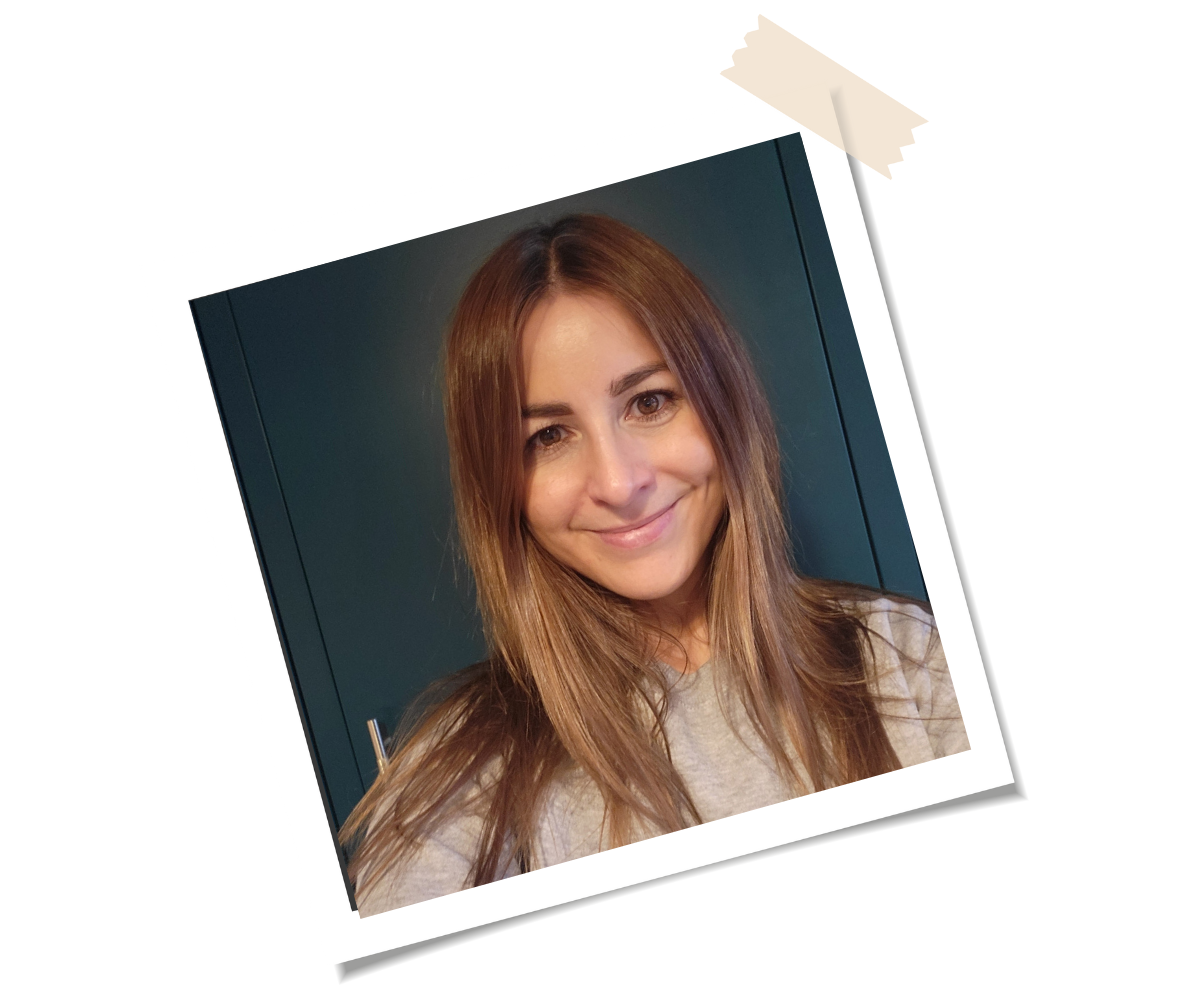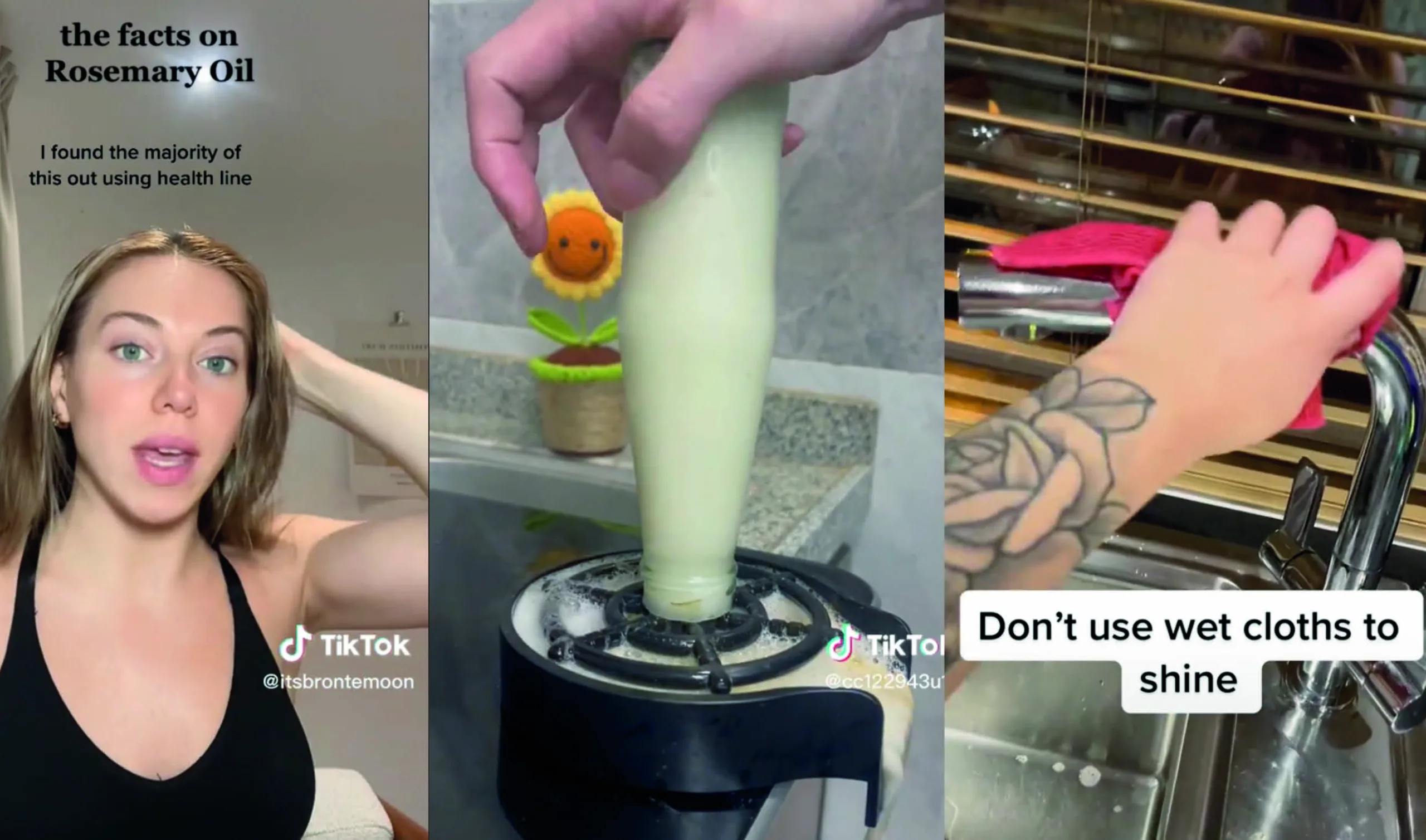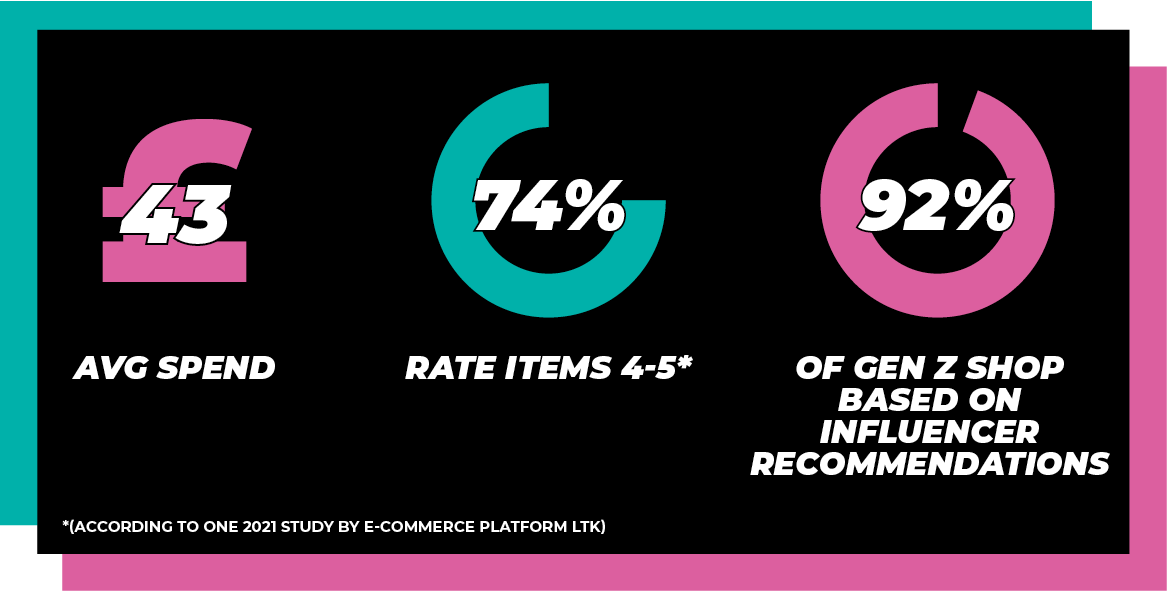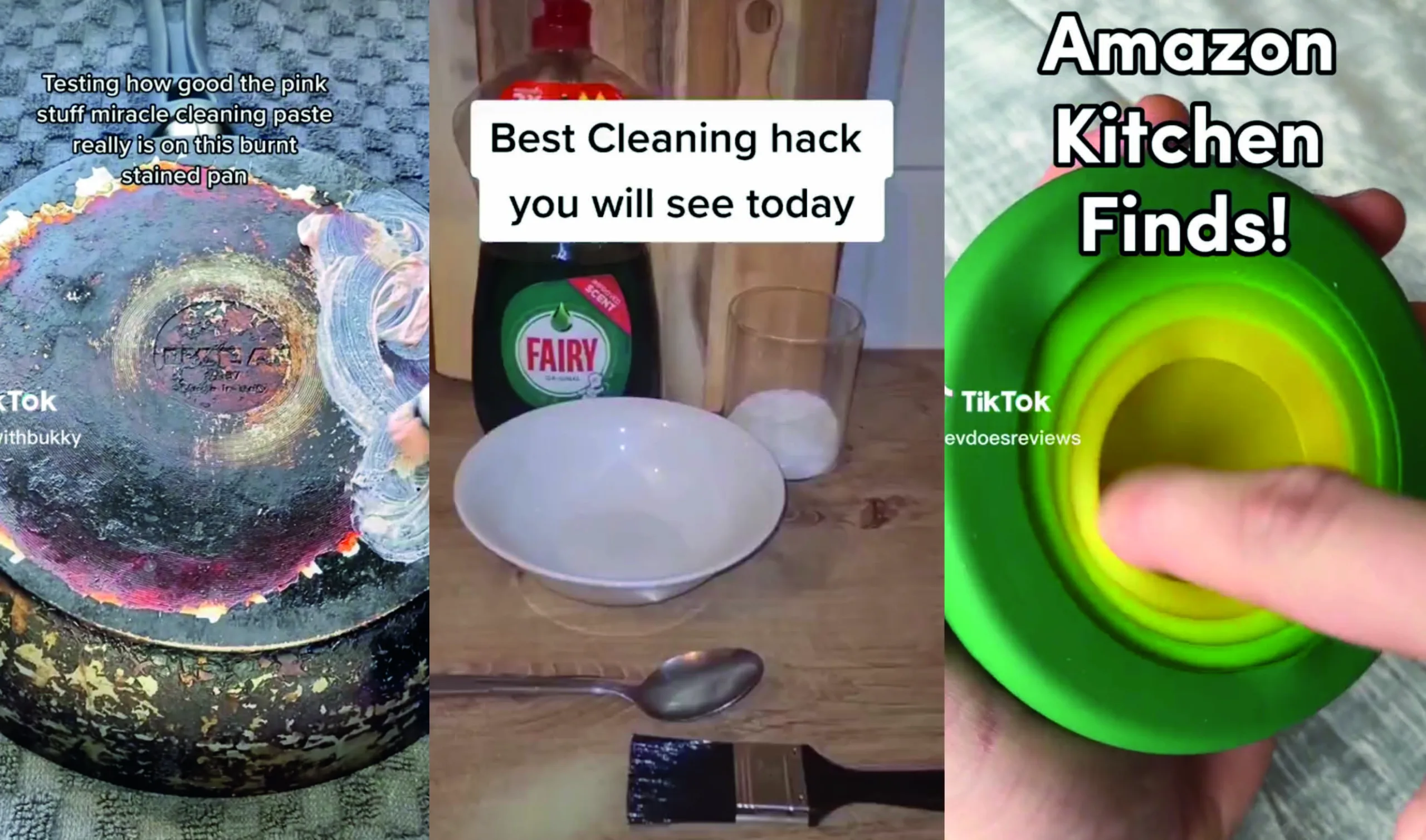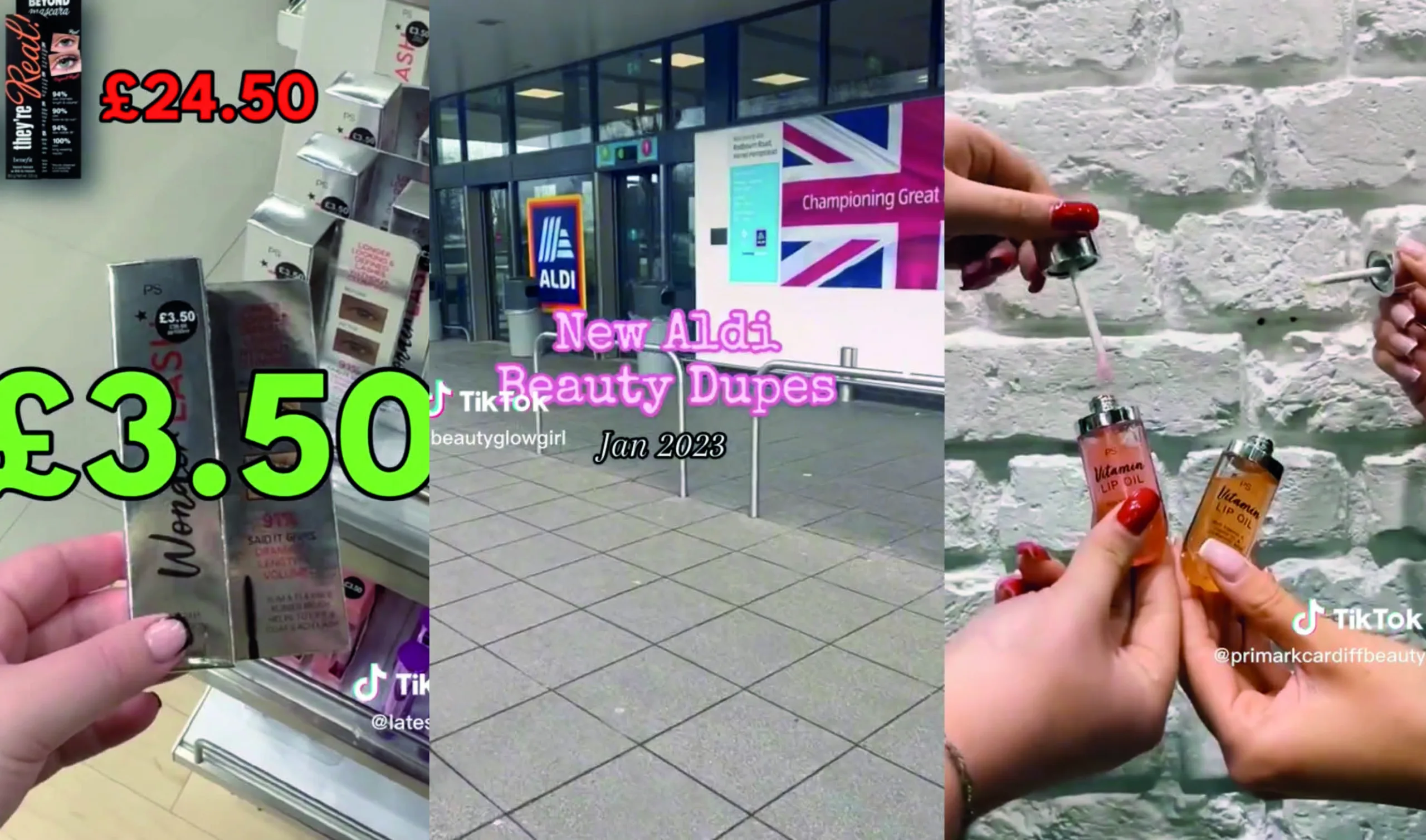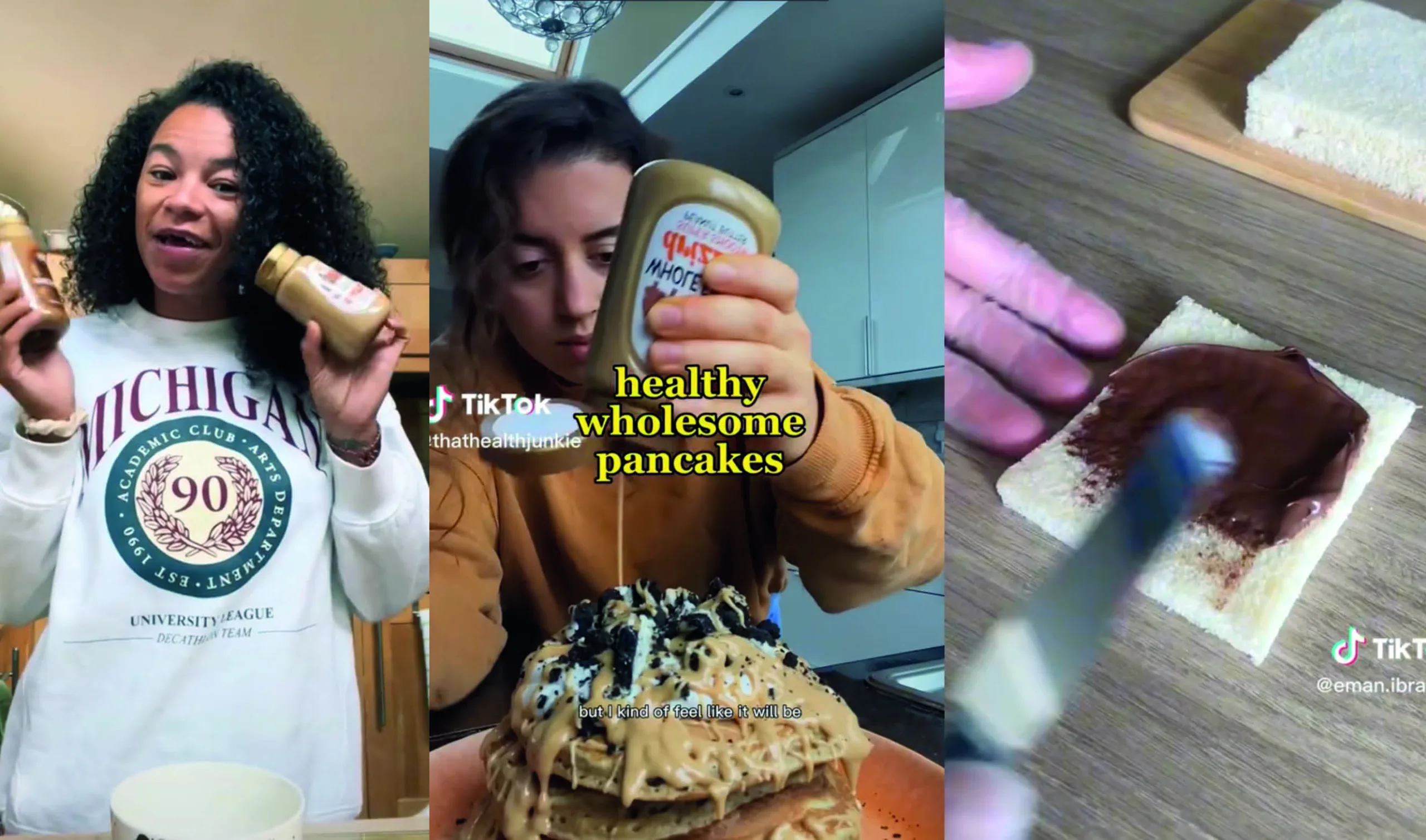How to harness your TikTok Shoppertunities
✔ Keep it light-hearted, funny, entertaining, real and relevant – almost quite amateur. The less polished the better, because viewers respond better to authenticity. KFC, Il Makiage and Fenty Beauty are brilliant at this.
✔ Ensure your content is informative. Use tutorials, demos and wear tests to help people watch for longer and stay more engaged. They’ll be more likely to share! Durex does this particularly well.
✔ Use creators who appeal to your target audience. They help tell the story of the products and brand in a natural and authentic way. You don’t even notice or feel you are being sold to. Take a look at Right Guys and the Nature Spell Rosemary Oil trend!
✔ Join existing trending topics, trending sounds and challenges (rather than trying to establish your own). You could even try to put your own spin on them. Think “Show Don’t Sell”, “TikTok Investigates” and “Customer to Creator”. Channel 4 is spot on at doing this.
✔ Don’t take yourself too seriously. Be open to decentralized branding and allow creators to do what they do best: come up with ideas and content that appeal to their community.
✔ Offer life hacks – cleaning, cooking, renovation tips – these grow legs and can become viral.
✔ Authentically tap into a niche community that support each other and look for advice and new ideas. e.g. #skintok, #breadtok

